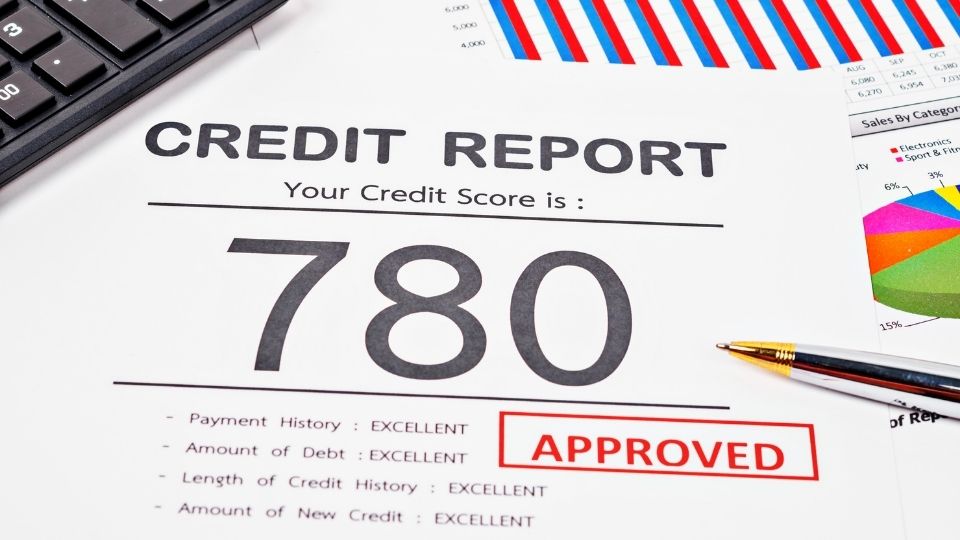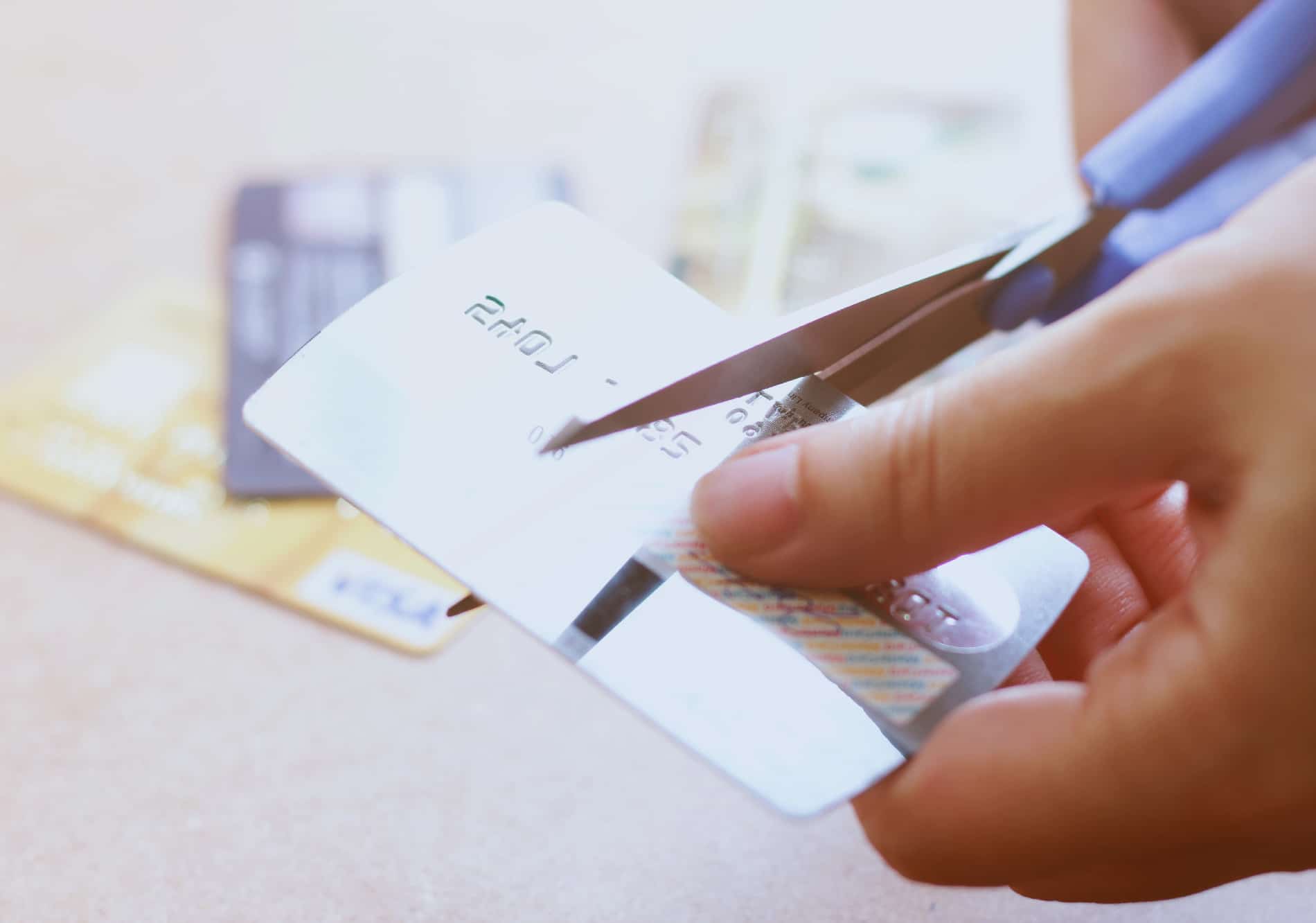Smart Strategies for Reducing Debt on Loans: A Step-by-Step Guide

If you’re like many New Zealanders, you may be feeling the burden of debt on your loans. With the current economic situation, it’s understandable to be worried about your finances. But the good news is that you can take control of your debt and reduce it with smart strategies. In this step-by-step guide, we’ll show you how to reduce debt on your loans and get your finances back on track.
Assessing Your Debt Situation
The first step in reducing your debt on loans is to assess your current situation. Start by gathering all loan information, including the total amount owed, interest rates, and monthly payments. Once you have all the information, calculate your total debt and interest rates. Put this in a spreadsheet so you don’t lose the information. This will give you a clear picture of the debt you’re dealing with and something you can easily forward to someone who might be able to help.
Next,add up and evaluate your current monthly payments. Are they manageable or are they putting a strain on your finances? If your monthly payments are too high, you may need to consider reducing them to free up cash flow.
One way to reduce your monthly outgoings is to consider a debt consolidation loan from Crester Credit. We bundle all of your debts into a more manageable repayment agreement so you don’t get trapped in a default and penalty-fee cycle that many Kiwis’ find themselves in.
Creating a Budget and Reducing Expenses
Creating a budget is a crucial step in reducing your debt on loans. It allows you to see where your money is going and identify areas where you can cut back. Some banks may show you this in their apps, but it’s still best to create a spreadsheet so you can adjust the amount spent easily. If you don’t know how to make a spreadsheet work, then there are plenty of templates online – here’s a monthly-budget-planner you could use.
Start by determining your income and expenses. Your expenses should include everything from housing costs to groceries and entertainment.
Once you have a clear picture of your income and expenses, identify areas where you can reduce expenses. This may include cutting back on eating out or finding ways to reduce utility bills. Be realistic about your budget and stick to it.
Developing a Debt Repayment Plan
A debt repayment plan is a crucial step in reducing your debt on loans. There are several debt repayment strategies you can choose from, including the snowball and avalanche methods. The snowball method involves paying off your smallest debt first, while the avalanche method involves paying off your debt with the highest interest rate first.
Once you’ve chosen a debt repayment strategy, prioritize which loans to pay off first. This may include paying off loans with the highest interest rates or loans that have a significant impact on your monthly payments.
Establish a timeline for paying off your loans and track your progress along the way. This will help keep you motivated and on track.
The Snowball Method explained.
Let’s say you have three debts:
- Credit Card A: $2,500 balance, 20% interest rate, $50 minimum payment
- Credit Card B: $4,000 balance, 18% interest rate, $80 minimum payment
- Personal Loan: $10,000 balance, 10% interest rate, $200 minimum payment
Using the Snowball Method, you would focus on paying off Credit Card A first since it has the smallest balance. Let’s say you can afford to pay $200 per month towards this debt. With the minimum payment of $50, you would be paying $250 per month towards Credit Card A. At this rate, it would take you about 12 months to pay off the debt completely, and you would have paid a total of $2,909, including $409 in interest.
Once Credit Card A is paid off, you would then direct the $250 per month towards Credit Card B, which has the next smallest balance. With the minimum payment of $80, you would be paying $330 per month towards Credit Card B. At this rate, it would take you about 14 months to pay off the debt completely, and you would have paid a total of $4,660, including $660 in interest.
Finally, once Credit Card B is paid off, you would direct the $330 per month towards the Personal Loan. With the minimum payment of $200, you would be paying $530 per month towards the loan. At this rate, it would take you about 20 months to pay off the debt completely, and you would have paid a total of $11,682, including $1,682 in interest.
Overall, using the Snowball Method, it would take you a total of 46 months to pay off all three debts and you would have paid a total of $19,251, including $2,751 in interest. While this method may not be the most financially efficient way to pay off debt, it can provide a sense of accomplishment and motivation as you see your debts get paid off one by one.
The Avalanche Method Explained.
Let’s say you have the same three debts as in the previous example:
- Credit Card A: $2,500 balance, 20% interest rate, $50 minimum payment
- Credit Card B: $4,000 balance, 18% interest rate, $80 minimum payment
- Personal Loan: $10,000 balance, 10% interest rate, $200 minimum payment
Using the Avalanche Method, you would focus on paying off the debt with the highest interest rate first, regardless of the balance. In this case, Credit Card A has the highest interest rate of 20%, so you would focus on paying off that debt first.
Let’s say you can afford to pay $400 per month towards this debt. With the minimum payment of $50, you would be paying $450 per month towards Credit Card A. At this rate, it would take you about 7 months to pay off the debt completely, and you would have paid a total of $2,987, including $487 in interest.
Once Credit Card A is paid off, you would then direct the $450 per month towards Credit Card B, which has the next highest interest rate of 18%. With the minimum payment of $80, you would be paying $530 per month towards Credit Card B. At this rate, it would take you about 8 months to pay off the debt completely, and you would have paid a total of $4,382, including $382 in interest.
Finally, once Credit Card B is paid off, you would direct the $530 per month towards the Personal Loan. With the minimum payment of $200, you would be paying $730 per month towards the loan. At this rate, it would take you about 15 months to pay off the debt completely, and you would have paid a total of $11,952, including $1,952 in interest.
Overall, using the Avalanche Method, it would take you a total of 30 months to pay off all three debts and you would have paid a total of $19,321, including $1,821 in interest. While this method may take longer to pay off the first debt, it is a more financially efficient way to pay off debt in the long run, as you will end up paying less in interest overall.
Exploring Debt Consolidation Options
Debt consolidation is another option for reducing your debt on loans. It involves combining multiple debts into one loan with a lower interest rate. This can help you save money on interest and simplify your monthly payments.
There are several debt consolidation options available, including balance transfers and personal loans. When considering debt consolidation, weigh the pros and cons of each option and choose the one that’s best for your situation. Or if you’re confused about how this all works, reach out and we’ll walk you through your options.
Negotiating with Lenders
Negotiating with lenders is another option for reducing your debt on loans. You may be able to negotiate better terms and rates with your lender. This can help you save money on interest and reduce your monthly payments.
When negotiating with lenders, be prepared to provide evidence of your financial situation and explain why you need better terms. Consider seeking professional help if you’re struggling to negotiate with your lenders.
Building Good Credit Habits
Good credit habits are essential for reducing your debt on loans. Your credit score plays a significant role in the interest rates you’re offered and your ability to obtain credit in the future.
To build good credit habits, start by paying your bills on time and in full. Avoid applying for too much credit at once and keep your credit card balances low. Check your credit report regularly to ensure there are no errors or fraudulent accounts.
20 Examples Of Good Credit Habits:
- Paying your bills on time every month.
- Keeping your credit card balances low and paying them off in full each month.
- Checking your credit report regularly for errors or inaccuracies.
- Keeping your credit utilisation ratio below 30%.
- Applying for credit only when necessary.
- Keeping your credit accounts open and active.
- Making more than the minimum payment on your credit card balances.
- Avoiding late payments and late fees.
- Using credit wisely and only for necessary expenses.
- Avoiding maxing out your credit cards.
- Paying off high-interest debt first.
- Setting up automatic payments for bills and debts.
- Not closing old credit card accounts.
- Monitoring your credit score regularly.
- Using credit card rewards responsibly.
- Creating a budget to manage your finances.
- Refraining from co-signing on loans for others.
- Using credit counseling or financial planning services if needed.
- Prioritising saving for emergencies and retirement.
- Not ignoring or avoiding debt or financial problems.
Staying Motivated and Committed
Reducing your debt on loans takes time and commitment. It’s essential to stay motivated and celebrate small victories along the way. Visualize the benefits of a debt-free future and remind yourself why reducing your debt on loans is important. Whether it’s the freedom to travel or pursue a new career, reducing your debt can open up new opportunities.
It’s also important to have a support system in place. Consider joining a financial support group or talking to a financial advisor. They can provide you with guidance and support as you work towards reducing your debt.
Final Thoughts
Reducing your debt on loans may seem daunting, but it’s achievable with the right strategies and commitment. Start by assessing your debt situation and creating a budget. Develop a debt repayment plan and explore debt consolidation options if necessary. Negotiate with lenders and build good credit habits. Finally, stay motivated and committed to your goals.
By following these steps, you can reduce your debt on loans and take control of your finances. Remember, it’s never too late to start taking action towards a debt-free future. Take the first step today and see the difference it can make in your life.
by Ash Horton
April 27, 2023
Ash is a professional content writer with extensive experience in business development in the financial services. Ash has founded businesses from the age of 19, including franchising ventures, and working alongside some of the largest retailers in the world.









